There is nothing difficult about growing dahlias. These flower-producing machines thrive almost everywhere and require little to no attention. Simply plant the tubers in spring and enjoy months of big, brightly-colored blossoms. Here are some very good tips to help you get the best results.
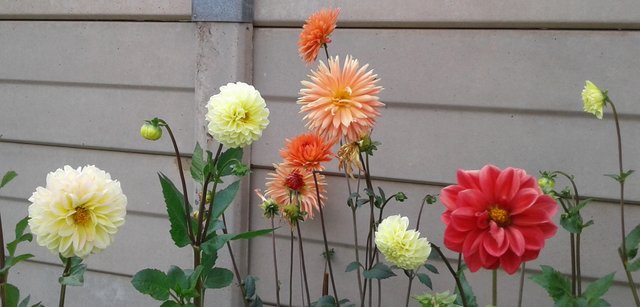
.
Dahlias sprout from buds that are formed in the fall.
These buds are located at the base of the stem, just above the tubers.
The tubers themselves do not produce sprouts -- they are food storage vessels that help fuel the plant's early growth.
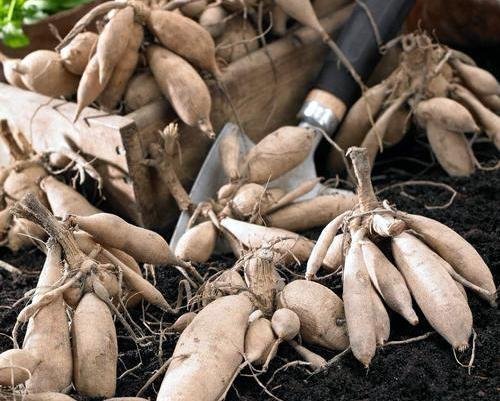
If tubers are being planted directly into the garden, wait until the soil has warmed to 60°F.
Dahlias will not grow in cold soil and their foliage is sensitive to frost.
In cool climates, dahlias can be planted indoors, 4 to 6 weeks before the last frost date.
Fill 1 or 2 gallon pots with moist growing mix.
Plant the tuber(s) with the stem or sprouts facing up and cover with 2” of soil.
Put the pots in a warm place with good light and water sparingly.
Start watering regularly once the plants are several inches tall.
Transplant outdoors after danger of frost has passed.
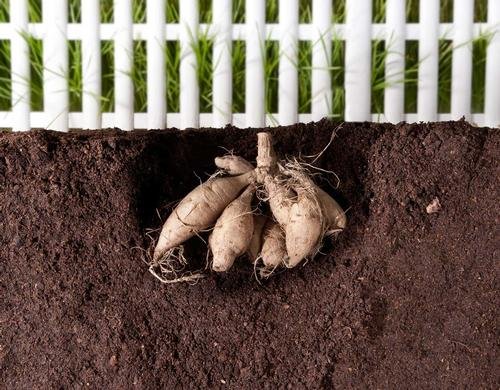
Dahlias bloom best when they are planted in full sun and fertile, well-drained soil.
Border dahlias can be planted 15” apart from center to center; standard types are usually spaced about 18” from center to center.
Loosen the soil to a depth of 12”. Add compost and all-purpose granular fertilizer to the planting area and mix well.
Dig a hole and plant the tubers, keeping the stem(s) or sprouts upright.
The top of the tubers, where the sprout emerge, should be positioned no more than 1-2” below the soil surface. Backfill the hole with soil.
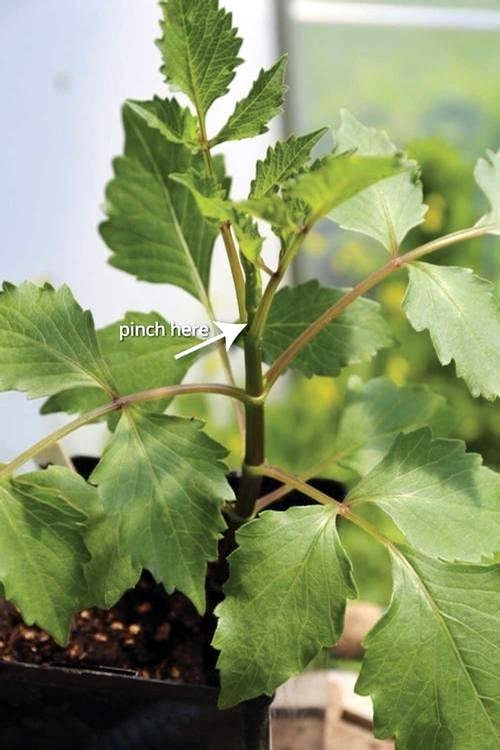
When the plants are 12” tall, pinch off the top of the main stem.
This will stimulate lateral branching and result in more stems and more flowers.
Border dahlias are self-supporting, but full size dahlias can grow 3 to 4 feet tall and benefit from being staked or caged
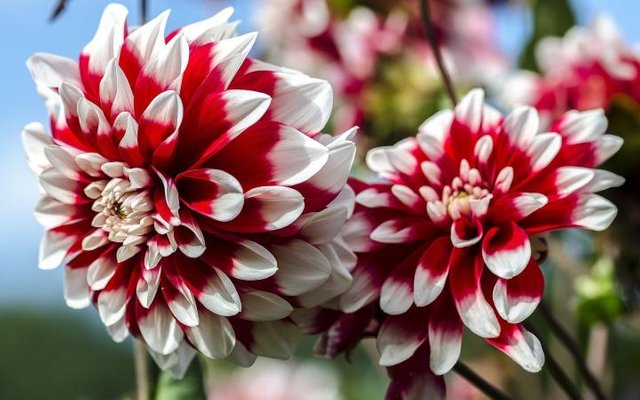
Dahlias grow best when they receive a consistent supply of water.
Drip irrigation is ideal, as it directs moisture down to the root zone while keeping the foliage dry.
Mulching around the base of the plants helps reduce moisture loss.
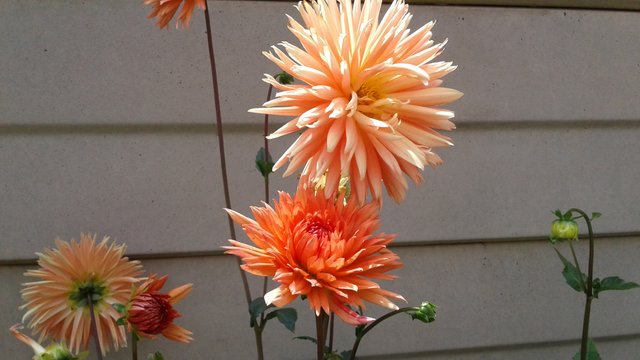
Dahlias are hungry plants and grow better when they are fertilized.
Apply a granular all-purpose fertilizer at planting time and a liquid fertilizer once a month throughout the growing season.
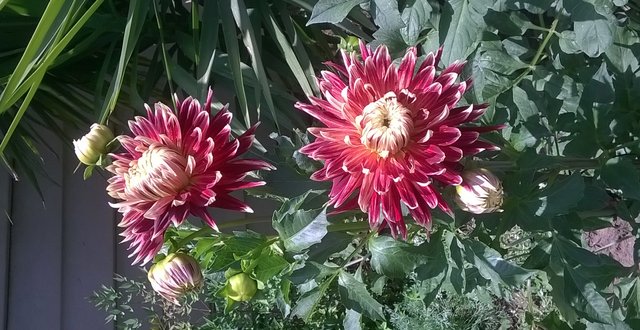
Always discourage disease by keeping dahlia foliage as dry as possible.
Water deeply once or twice a week, allowing the top inch of soil dry out in between.
Clip off the bottom 12” of foliage to encourage good air circulation.
Slugs and snails love eating young dahlia foliage.
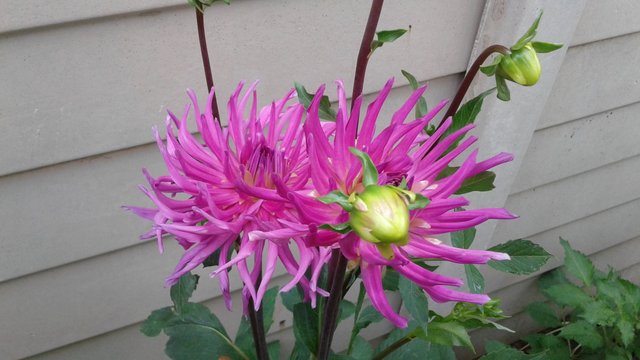
Earwigs are another troublesome dahlia pest.
Like slugs and snails, they prefer cool, moist conditions and can damage buds, flowers and foliage.
Keep the area around your dahlias clear of spent flowers and foliage, and avoid using leaves or straw as mulch.
This will give earwigs fewer places to hide and breed.

Dahlias are among the world’s best cut flowers and it takes just a few stems to make an impressive bouquet. Harvesting flowers is good for the plants, and encourages them to continue flowering month after month.
Delight family and friends, neighbors with the beauty of homegrown dahlias.
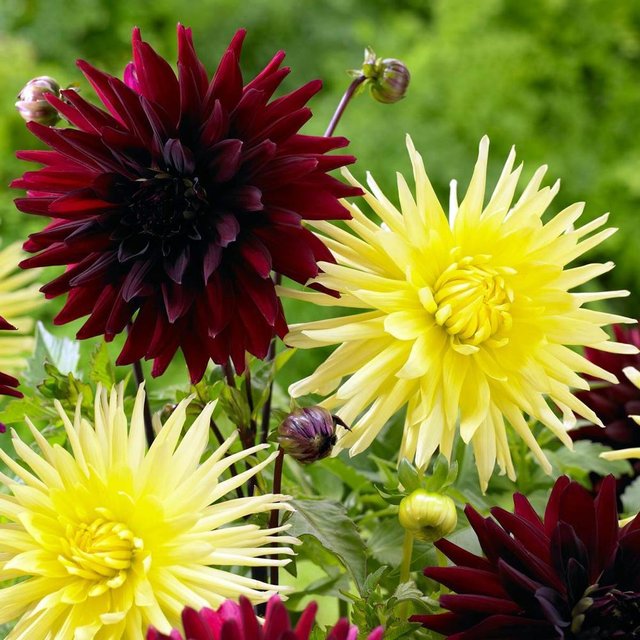
Removing flowers that have passed their prime keeps plants looking neat, encourages them to produce new buds and helps control pests and disease.
If you're in a hurry, simply nip off the flower heads.
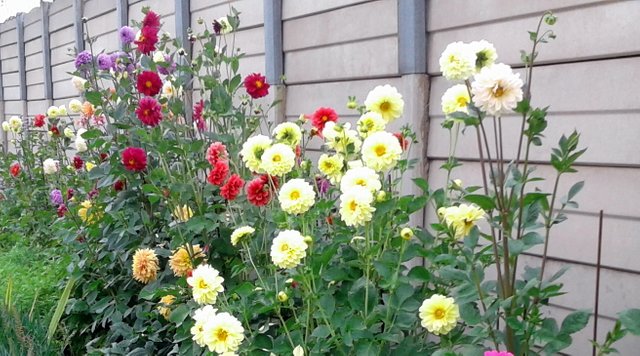
Otherwise, use scissors or pruning shears to cut the spent flowers back to a main stem.
This will stimulate new growth and longer stems that are better for cutting.
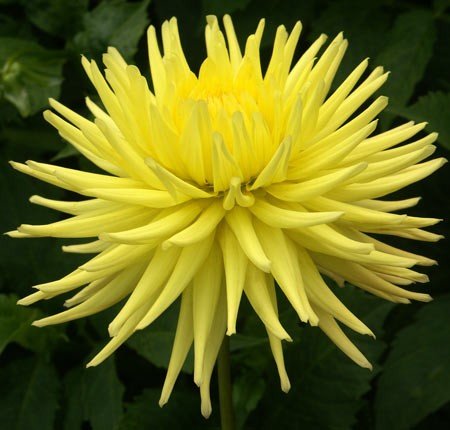
Source:- https://www.longfield-gardens.com
Photographs of all the Dalias were taken in my own garden with my smartphone
Your post will be shared in my daily report :)
Downvoting a post can decrease pending rewards and make it less visible. Common reasons:
Submit